Stinky Ice Cubes, Mystery Meat, and 8 More Foods in Your Freezer To Toss Immediately
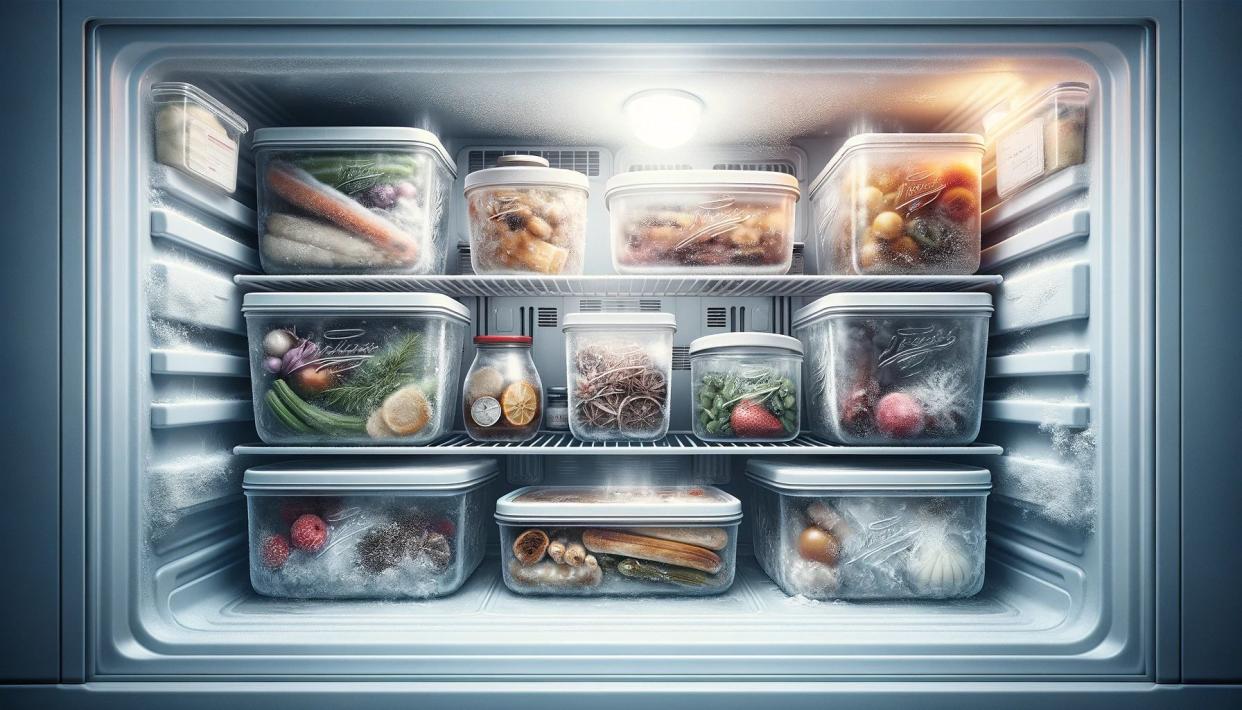
Freezer Overhaul
When it comes to maintaining a clean and safe kitchen, it can be easy to neglect the freezer. This includes forgetting about foods that have been left to sit for weeks (or even months), stinky ice cubes and fruits, or meat and other items that exhibit freezer burn or mold. These conditions not only indicate that the food's quality has drastically declined, but they could also pose potential health risks if consumed.
If you have food sitting in the freezer that you no longer recognize, it's time to toss them. Here are 10 foods that are commonly overlooked, plus a few tips on how to extend their shelf life more effectively.
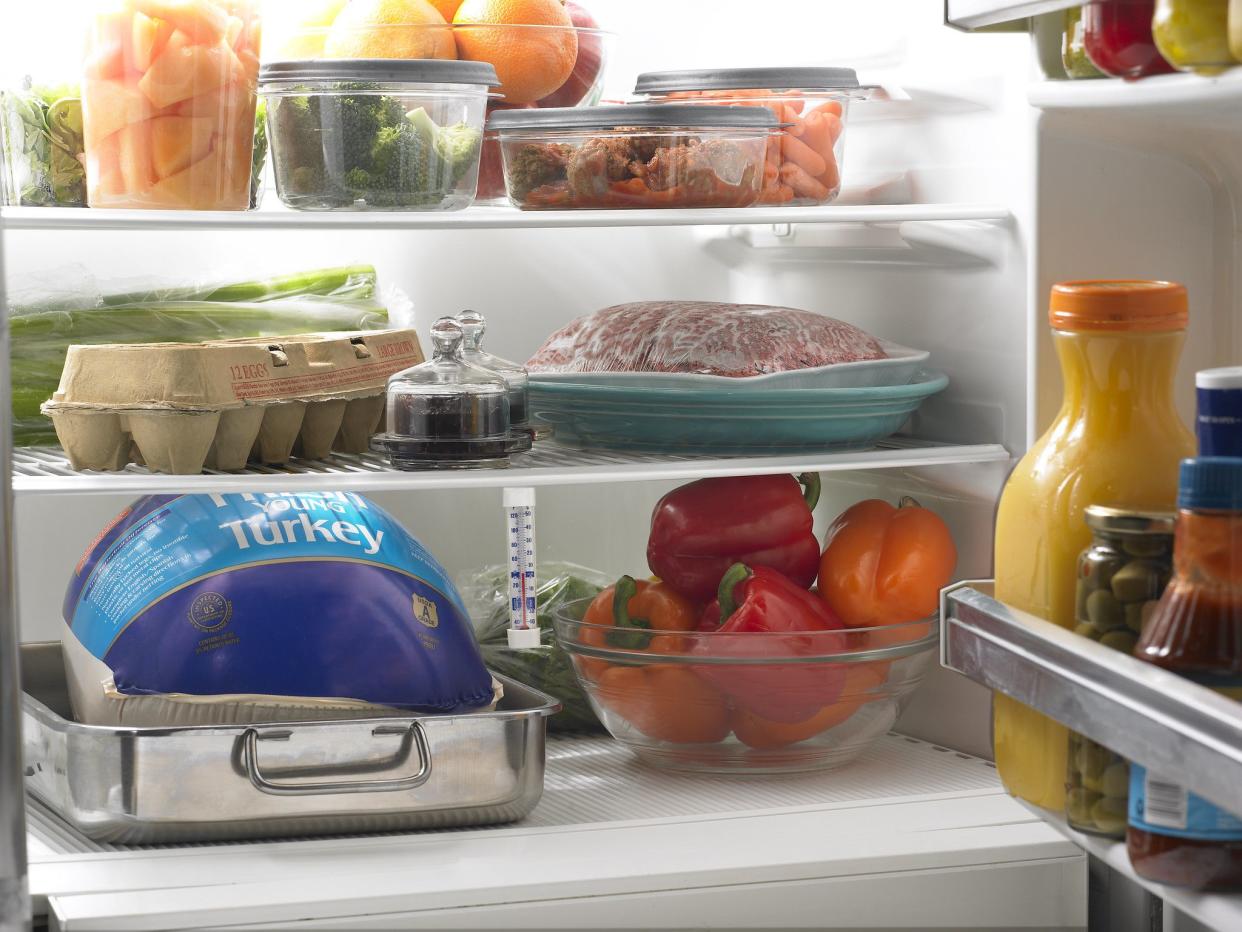
1. Mystery Meat
Topping our list of things to clear out of the freezer is gray or sketchy-looking meat. If you find a piece of meat that's so frostbitten you can't tell what it is — or remember when it was frozen — it's time to throw it out. Freezer burn can affect the texture and flavor of meat by making it unpalatable. Plus, the risk of contamination increases the longer it's stored, or if the meat has been thawed and refrozen multiple times.
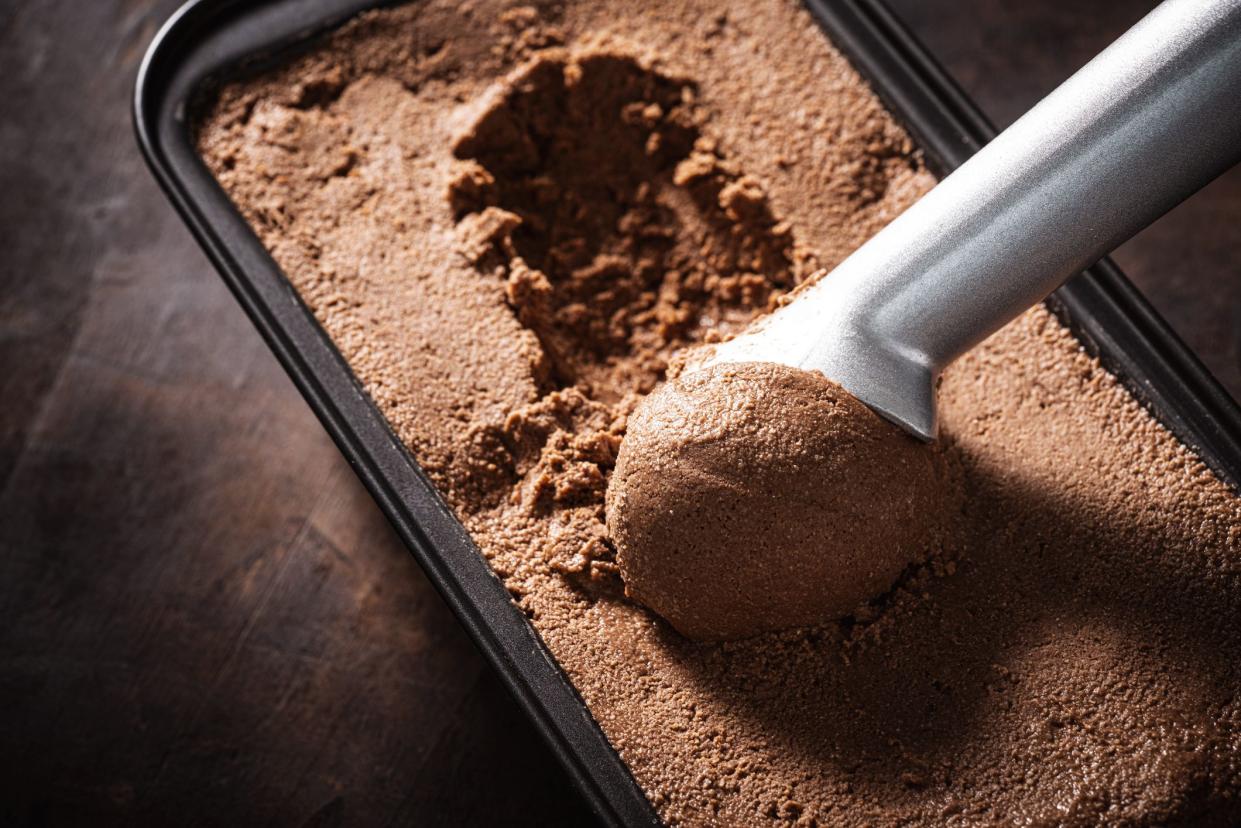
2. Ice Cream With Ice Crystals
Have you ever opened your favorite pint of ice cream just to find it covered in ice crystals? There's nothing more disappointing. When ice cream develops ice crystals, it's a sign of thawing and refreezing, which ruins the texture and taste. This also indicates that it may have been stored improperly or for too long. As much as it sucks, if you find ice crystals in your ice cream, it's time for it to go in the trash.
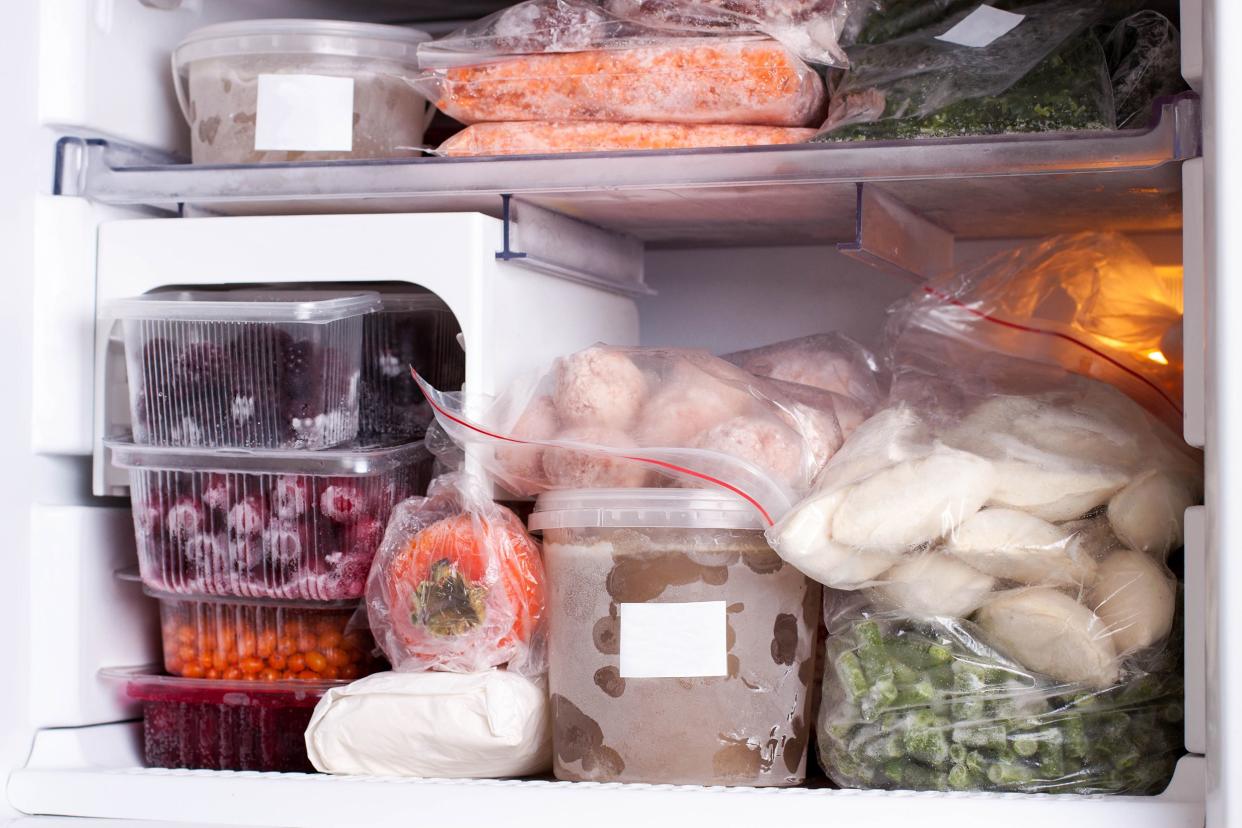
3. Vegetables With Ice Burn
Frozen vegetables that have formed ice crystals or dried out have likely lost their nutritional value and texture. These signs suggest they've been in the freezer too long and may no longer be safe to eat. As such, it's best to consume frozen veggies within eight months to one year of purchase. To prevent or minimize freezer burn, store your foods in airtight containers or freezer bags to minimize exposure to air.
For more savvy life hacks and other money-saving tips, please sign up for our free newsletters.

4. Unidentifiable Leftovers
If you can't remember the origins or contents of a container, it's safer to discard it. Leftovers are prone to freezer burn and can become a breeding ground for bacteria if not properly stored. While freezing slows down the growth of bacteria, it does not eliminate them. If the food was not cooled and properly stored in the first place, these bacteria can become active again once thawed, which can cause foodborne illness.
Related: The Best Costco Frozen Foods for Keeping Your Freezer Stocked
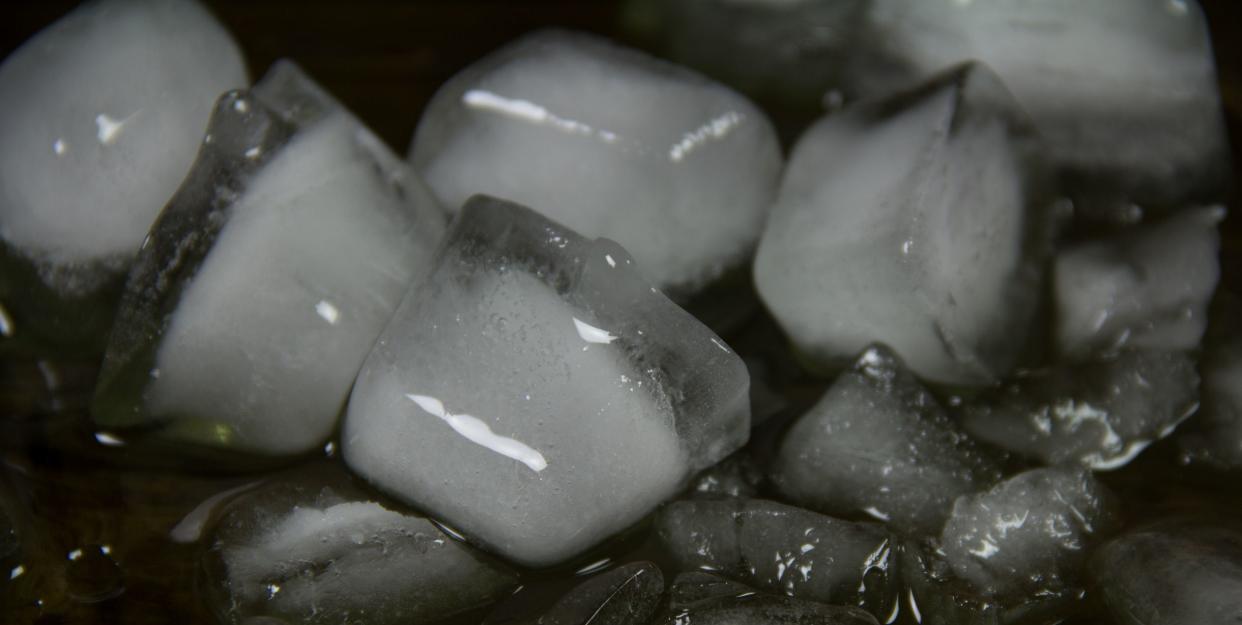
5. Cloudy or Smelly Ice Cubes
Ice cubes that become cloudy or shrink over time are likely absorbing other smells and flavors from your freezer (barf!). This can result in an off-putting taste that is easily transferred to foods and beverages. To avoid dealing with stinky ice cubes, store ice in an airtight container to preserve its quality, or consider placing a box of baking soda in both your fridge and freezer to neutralize unpleasant odors.

6. Frozen Fish With Discoloration
Discoloration in frozen fish, which typically manifests as bleached, white, or grayish patches, indicates dehydration and freezer burn. This deterioration compromises the fish's natural flavors, which can cause a pungent and off-putting "fishy" smell and taste. It can also cause the fish to dry out and become chewy or tough to eat.
Related: These Are the Best (and Worst) Fast-Food Fish Sandwiches

7. Dairy Products
Any cheese and dairy product that has developed an off smell or appears dried out and crumbly (beyond its original texture) should be discarded. Freezer burn can significantly affect the taste and quality of dairy products (especially yogurt and milk) by altering its texture and flavor profile. These products may also become grainy or separated once thawed.
Related: Grab a Coat, You're Heading Into a Blizzard: 15 Things To Try From the Dairy Queen Secret Menu

8. Expired Frozen Meals
While frozen meals may look like they'll last forever, they do expire. Consuming frozen meals past their prime increases the risk of freezer burn, which degrades the food's texture and makes it a lot less appetizing. Plus, the nutritional value and flavor of expired frozen meals can also significantly degrade over time. To avoid this, remember to always check and adhere to expiration dates.

9. Frost-Covered Berries
While freezing is a great way to preserve berries and extend their shelf life, excessive frost indicates they have gone through temperature fluctuations that degrade their quality, taste, and nutritional value. These changes can occur from frequently opening the freezer door, improper sealing of the freezer, or storing items in a frost-free freezer that cycles on and off.
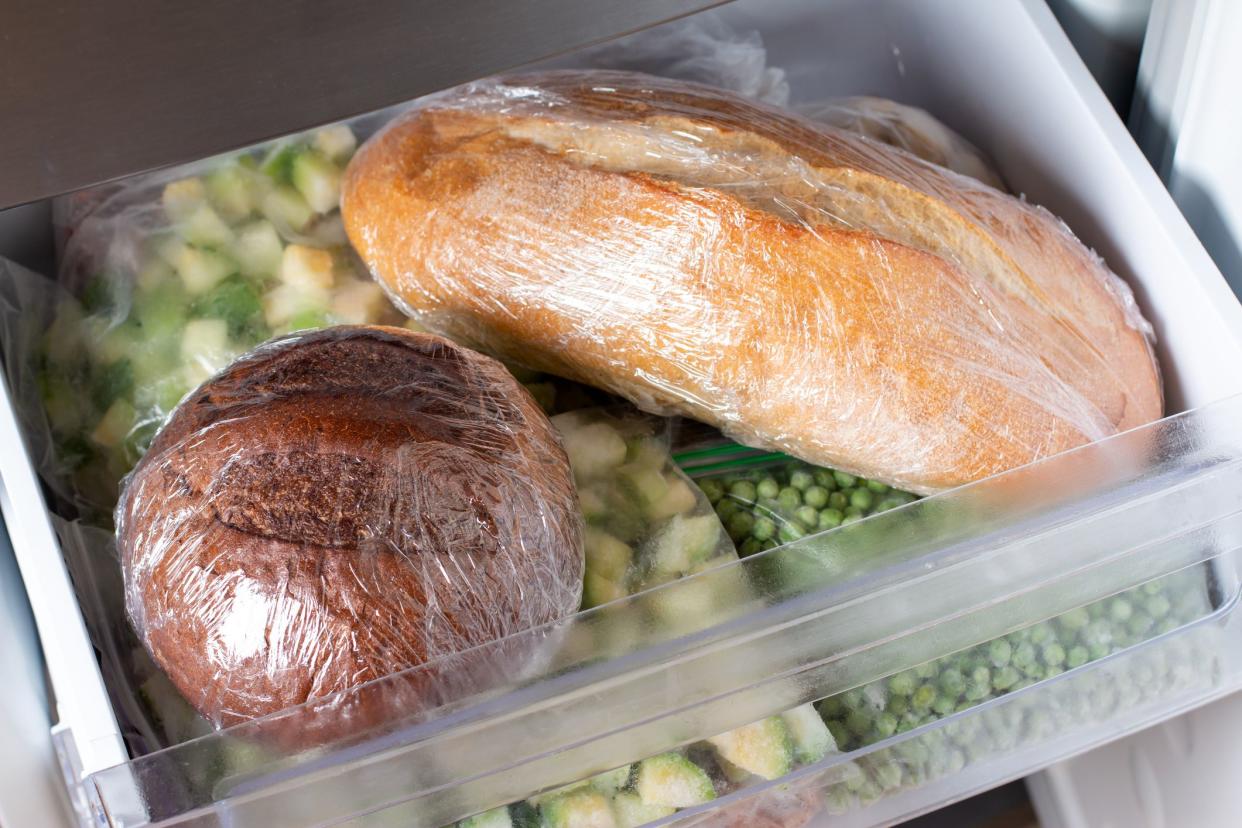
10. Dough With Dry Spots
Dough that has been frozen for too long will develop dry spots and won't rise properly when baked. This happens when the yeast or baking powder that acts as a leavening agent loses its potency after being kept in the freezer for extended periods of time. Using such dough will result in baked goods that are dense, stale, or flat rather than light and fluffy.
This article was originally published on Cheapism







